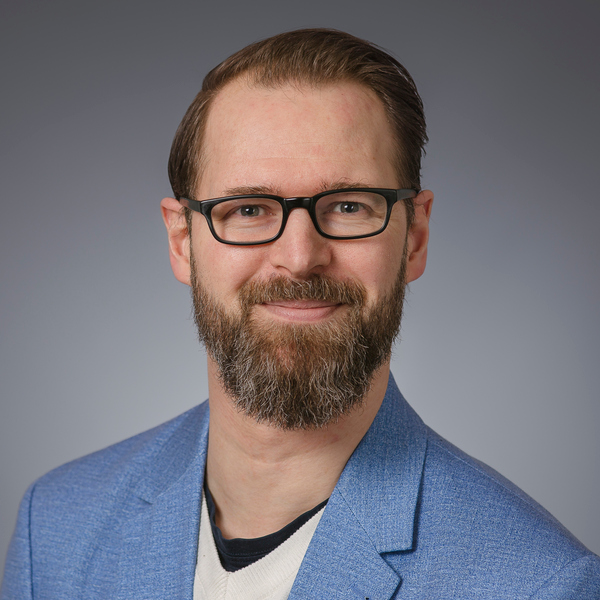About the Industrial Doctoral School
The Industrial Doctoral School is based on collaboration between the University, researchers and businesses or organisations. The aim is to combine benefits for both society and the external party while training new high-quality researchers. The doctoral student also receives a tailored academic course package. The doctoral school is open to all disciplines and the doctoral student is employed at Umeå University.



